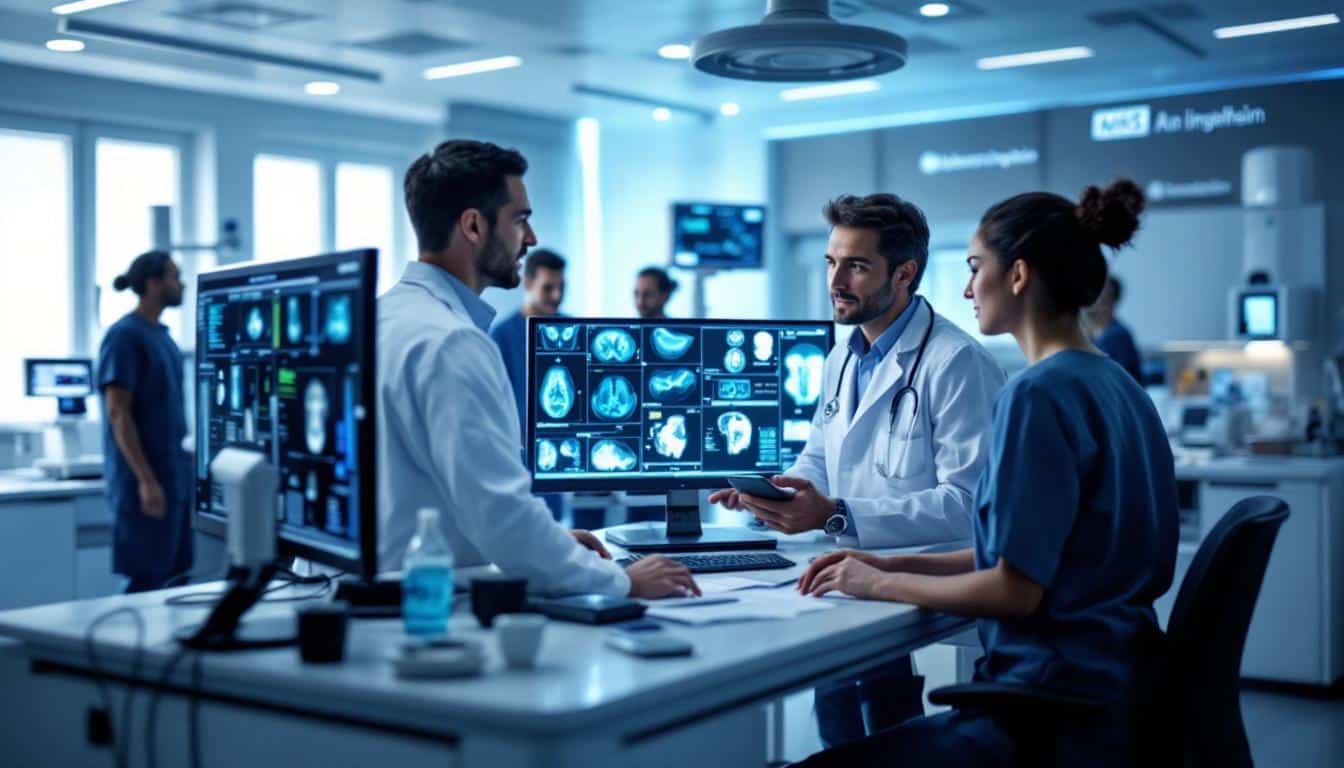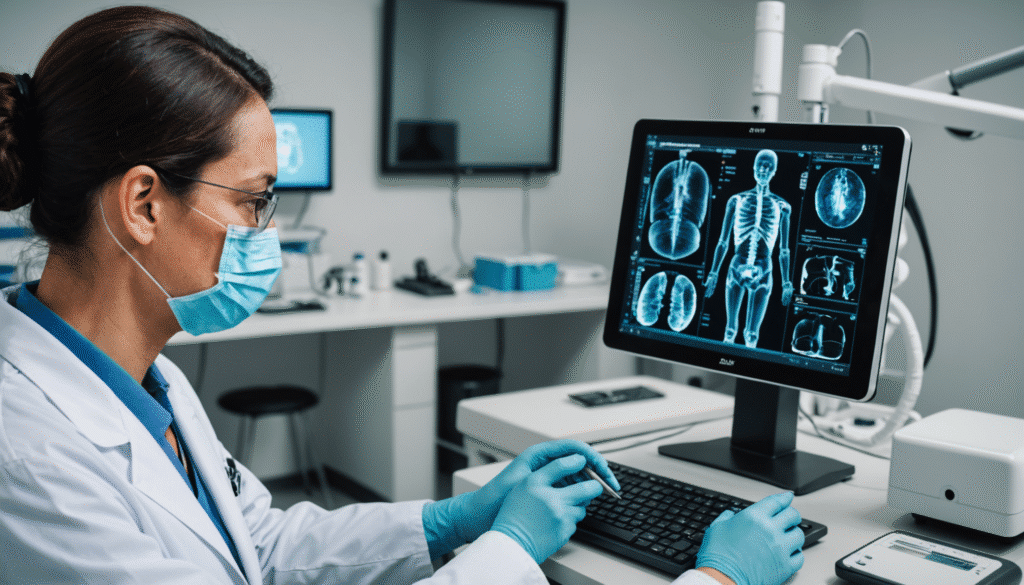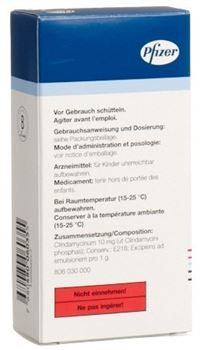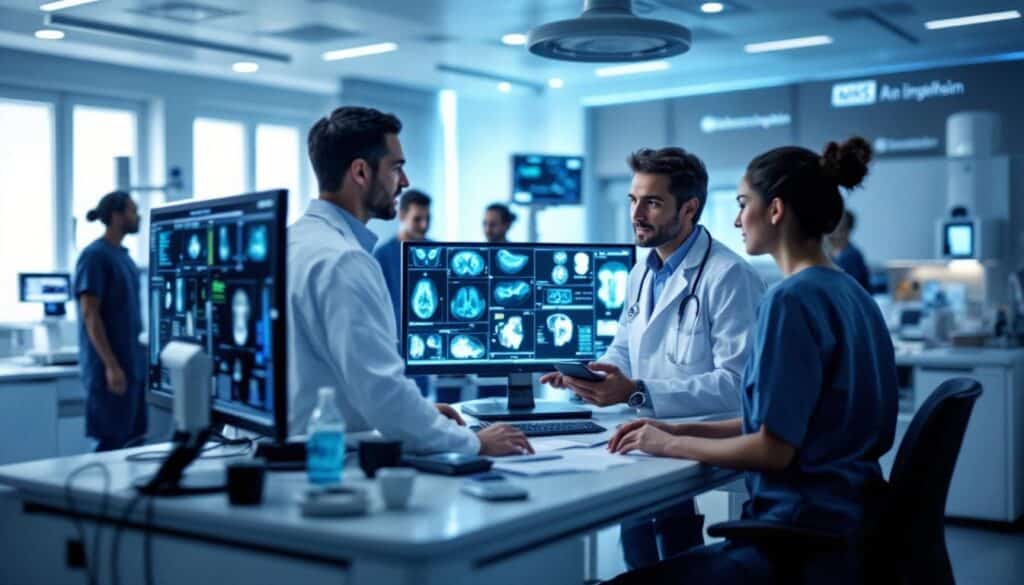The recent staff reductions at the FDA may extend the review times for medical devices. This development raises concerns among healthcare professionals. Nevertheless, the emergence of artificial intelligence and third-party reviews offer encouraging prospects.
Despite these advancements, the tariffs introduce new challenges. Experts highlight the importance of quickly adapting to maintain the efficiency of medical innovation. Collaboration among various stakeholders in the industry is essential to overcome these obstacles.

Shuren announces changes in review times at the CDRH
Jeff Shuren, director of the CDRH (Center for Devices and Radiological Health) at the FDA, recently stated that longer review times are to be expected. These adjustments occur against a backdrop of staffing reductions within the agency, which directly impacts the capacity to process medical device applications. During a webinar held on April 3, Shuren emphasized that despite these challenges, innovative solutions are being considered to maintain the effectiveness and quality of evaluations.
What are the reasons behind the lengthening of review times?
The staff reductions at the CDRH are one of the main causes of the lengthening review times. Due to budget constraints and internal restructuring, the number of specialists available to evaluate new device applications has decreased. Furthermore, the increasing complexity of medical technologies requires specialized skills, making the review process longer and more meticulous.
Added to this are the challenges posed by international tariffs, which complicate trade and can slow down the market entry of medical devices. The tariffs imposed on imported components of devices lead to increased costs and a reevaluation of production strategies, which may delay the submissions of new products for review.
What impacts do staff reductions have on the CDRH?
The reduction in staff at the CDRH leads to an increased workload for remaining employees. This situation can result in longer waiting times for companies submitting applications for new medical devices. As a consequence, innovation may be stifled, as technology companies could be deterred by the lengthy approval times.
Moreover, a decrease in human resources can impact the quality of reviews. Although the FDA maintains its standards of safety and effectiveness, the increased pressure on employees may lead to errors or a less thorough evaluation of submitted devices. It is crucial for the CDRH to find a balance between prompt reviews and scientific rigor to ensure patient protection while promoting innovation.
What innovations are being considered to mitigate increased review times?
To counter the effects of longer review times, the CDRH is exploring several innovations. One of the main solutions is the integration of artificial intelligence (AI) into the review process. AI can automate certain repetitive tasks, quickly analyze large amounts of data, and help identify the most promising devices more efficiently.
Additionally, the CDRH is considering greater reliance on third-party reviews, where external experts are engaged to evaluate medical devices. This approach can lighten the internal workload and provide additional expertise, while maintaining the quality of evaluations.
These technological and organizational initiatives aim to enhance the productivity of the CDRH and reduce waiting times for medical device manufacturers, while ensuring that safety and effectiveness standards are met.
The use of artificial intelligence in the review process
The introduction of artificial intelligence (AI) into the medical device review process represents a significant advancement for the CDRH. AI can analyze complex data more quickly than traditional methods, allowing for more efficient filtering of applications. For instance, machine learning algorithms may be used to identify trends and anomalies in device data, facilitating a quicker preliminary evaluation.
Moreover, AI can help standardize evaluations by reducing human biases and ensuring a consistent application of approval criteria. This enables not only speeding up the process but also improving the reliability of results. However, the integration of AI requires proper training of employees and ongoing oversight to ensure that automated systems function correctly and meet privacy and security standards.
The importance of collaboration between radiologists and clinicians
In the face of challenges posed by review times, the collaboration between radiologists and clinicians becomes essential. By strengthening this partnership, as highlighted in this article, healthcare professionals can share critical information and complementary expertise, thus improving the quality of evaluations for medical devices.
This collaboration can also facilitate the use of digital biomarkers for the early detection of Alzheimer’s disease, as mentioned in this article. By integrating clinical knowledge and technical data, radiologists and clinicians can better assess the efficacy and safety of new devices, thereby reducing the need for subsequent revisions and accelerating the approval process.
How does AI support radiologists in interpreting medical images?
Artificial intelligence also plays a crucial role in interpreting medical images, providing essential support to radiologists. According to this article, AI-based tools can rapidly and accurately analyze images, identifying anomalies that may go unnoticed by the human eye. This not only enhances diagnostic accuracy but also reduces the time required to examine each image, contributing to the overall efficiency of the medical device review process.
By integrating these advanced technologies, the CDRH can better manage the increased workload due to staff reductions, while maintaining high standards of quality and safety. AI also offers the potential to create robust databases for future analysis, thus facilitating continuous improvement of review processes.
What are the prospects for the future of the CDRH despite the challenges?
Despite the current challenges, the CDRH remains optimistic about its future. The adoption of innovative technologies like AI and the establishment of third-party reviews are crucial steps to modernize the review process. Furthermore, the emphasis on interdisciplinary collaboration enhances the CDRH’s ability to respond effectively to the rapid changes in the medical sector.
In the long term, these initiatives should help reduce review times, improve the quality of evaluations, and stimulate innovation in the field of medical devices. By maintaining a balance between efficiency and rigor, the CDRH can continue to play a central role in enhancing public health and patient well-being.
In conclusion, while the challenges are numerous, the strategies implemented by the CDRH demonstrate a determination to adapt and innovate. This promises a future where medical devices can be evaluated more quickly and effectively, while ensuring their safety and efficacy for end users.
In a context where Shuren anticipates longer review times within the CDRH, the impact on the medical device sector is already being felt. These delays may hinder the swift introduction of medical innovations, thereby delaying patients’ access to potentially life-saving technologies.
However, the rise of innovative technologies such as artificial intelligence offers a glimmer of hope. By automating certain review processes and improving the efficiency of evaluations, AI could mitigate the effects of staff reductions at the CDRH. Additionally, the integration of third-party reviews could diversify evaluation sources, thereby reducing the burden on internal teams and accelerating the overall process.
Nevertheless, the introduction of tariffs poses new challenges, creating an additional layer of complexity for medical device manufacturers. These tariff barriers can not only increase development and distribution costs but also deter innovation by limiting the resources available for research and development.
To navigate this complex landscape, enhanced collaboration among regulators, innovators, and stakeholders is essential. By combining technological advancements with effective management strategies, it is possible to minimize delays while supporting ongoing innovation. Proactive adaptation to current challenges will help maintain a balance between rigorous regulation and technological advancement, thus ensuring that patients benefit from the best available solutions.
In conclusion, while predictions of longer review times present significant challenges, the opportunities presented by new technologies and strategic partnerships can play a crucial role in overcoming these obstacles and supporting the positive evolution of the medical sector.














